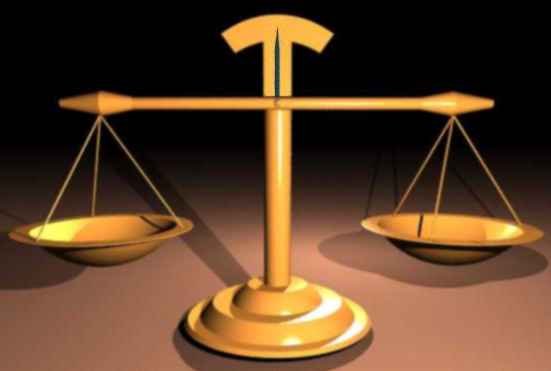|
When the Jews built the Mishkan (Tabernacle) for G-d in the desert, everyone took part. All the Jews, men and women, donated their jewelry, precious stones and other valuable materials for the construction of the Mishkan. Furthermore, they contributed their talents and gifts to build and beautify the Mishkan.
However, not everyone’s gift was equal. There was no set amount that everyone was required to contribute, nor was there an upper limit. Everyone gave to the extent that they were able. Some gave gold or jewelry, and some gave olive oil or wood.
Despite the fact that the Jews did not contribute equally, the type of gift that one gave did not determine the degree of his or her relationship to the Mishkan. In other words, those who gave more expensive contributions did not enjoy greater privileges or access to the Mishkan than those who could only afford smaller donations. In the Mishkan itself, all the Jews were considered equal. Access was determined not by wealth but by tribe: The priests had the most access, followed by the Levites and then the Israelites.
The most important aspect of donating to the Mishkan was not the type or amount of the gift, but the intention. The gifts were “nidvat libam,” a donation of the heart. Through their gifts to the Mishkan, the Jews demonstrated their love for and loyalty to G-d. Therefore, the Mishkan was a gift from all the Jews, collectively, to G-d.
Moses emphasized to the Jews that there is no difference between the contribution of a wealthy person or a pauper. He said, “Behold, G-d called the name of Betzalel the son of Uri, son of Chur of the tribe of Judah; and Oholiav the son of Achisamach of the tribe of Dan… He filled them with wisdom and insight… to know how to do the work.”
By choosing these two men to head the Mishkan building project, Moses wished to demonstrate that all the Jews were considered equal before G-d. Betzalel was from the tribe of Judah, the son of a distinguished family and a grandson of Miriam, Moses’ sister. Oholiav, from the tribe of Dan, one of the youngest tribes, did not come from a particularly distinguished lineage. Yet both were selected to lead the Mishkan project.
The Tabernacle in the desert was the prototype for the Holy Temple, the House of G-d that the Jews later built in Jerusalem. The first and second Temples were destroyed, but the third and final Temple will be rebuilt with the coming of Moshiach and the complete Redemption. At that time, too, every Jew will come forward to help build the Temple.
Furthermore, building the Temple will not take place only in the future. Our sages say that during exile, G-d collects all the Mitzvot that we do and uses them as “bricks” to build the spiritual Holy Temple above. This spiritual Temple will descend and become invested in the physical Temple that the Jews will build. Thus, we have an opportunity to contribute twice to the building of the Mishkan. We can begin now with a spiritual investment in the Temple, and later contribute physically as well, with our wealth, possessions, talents, time and energy.
|

